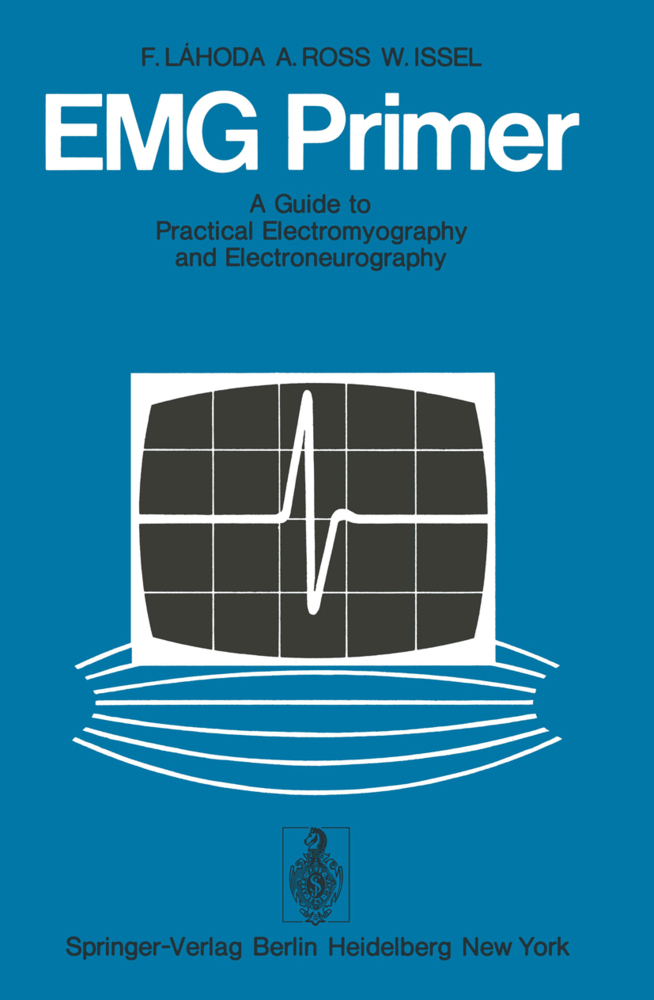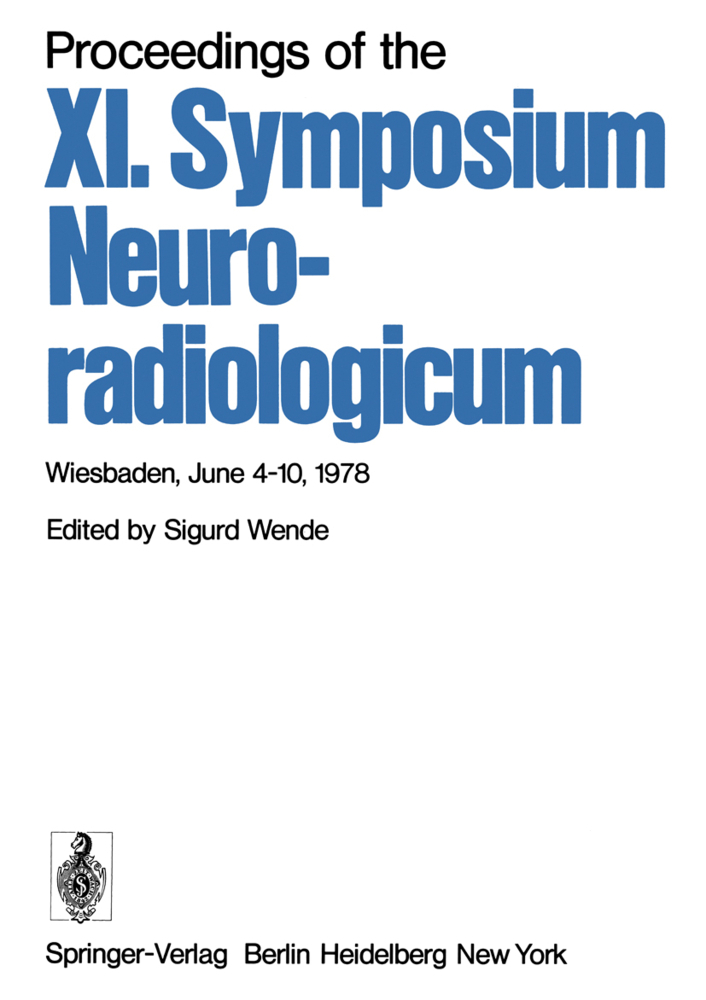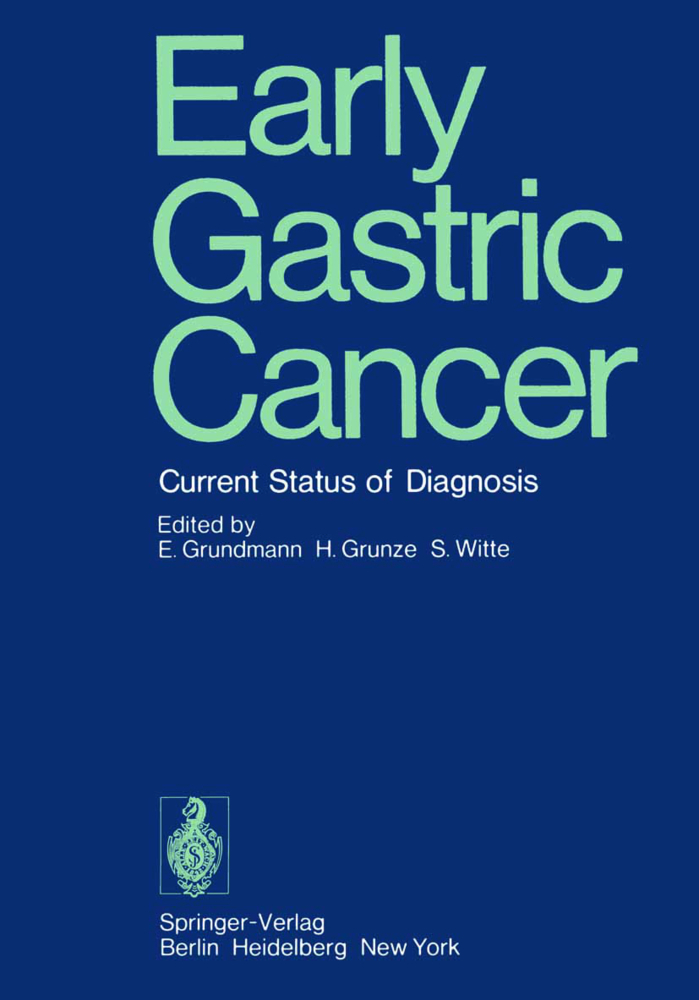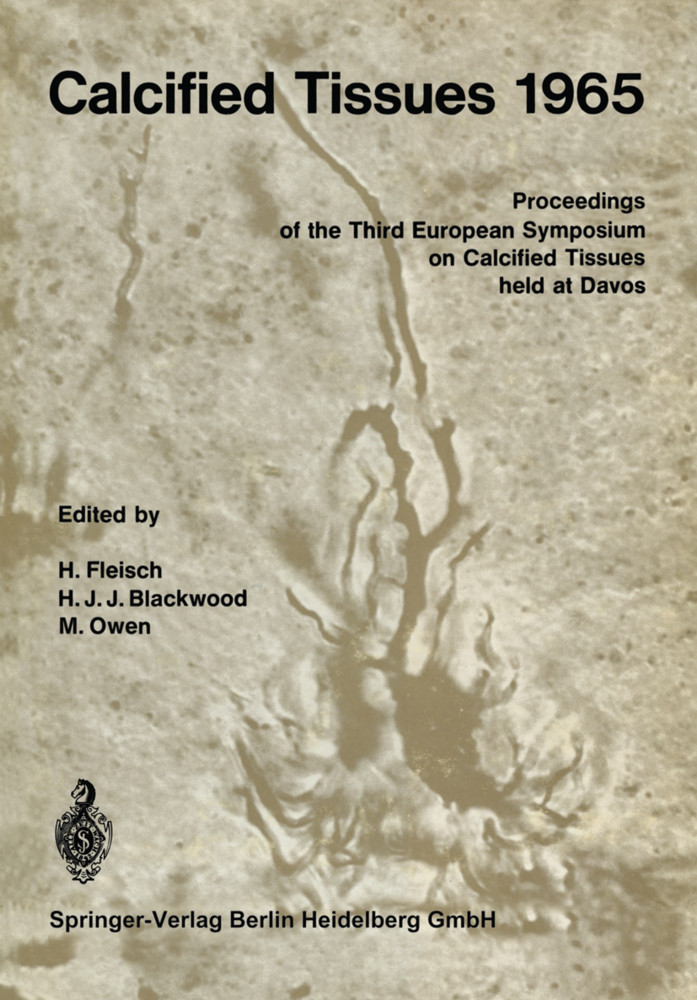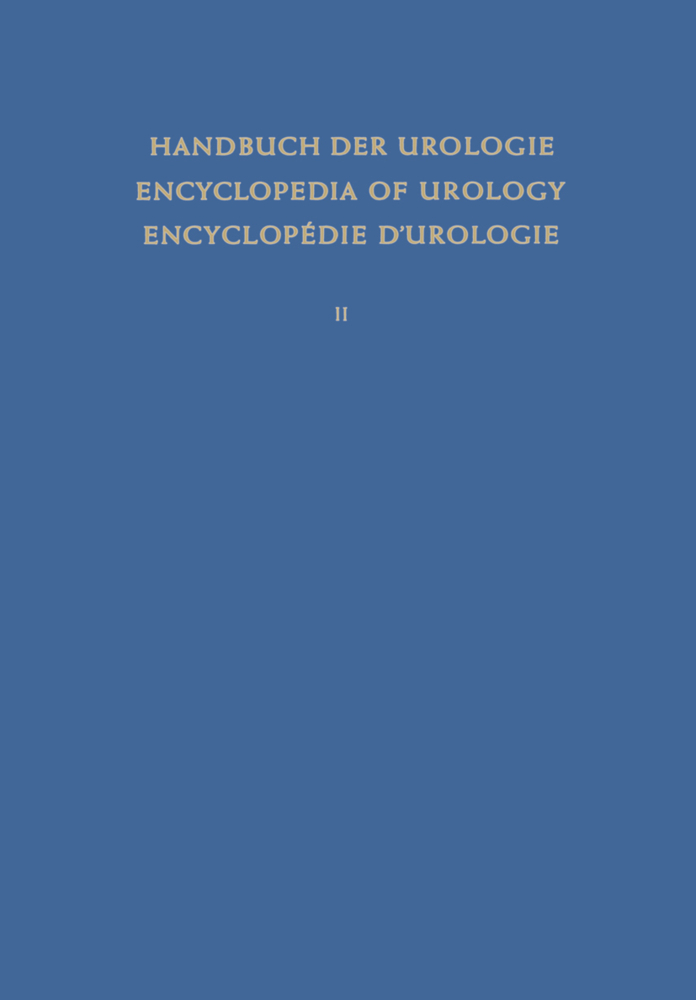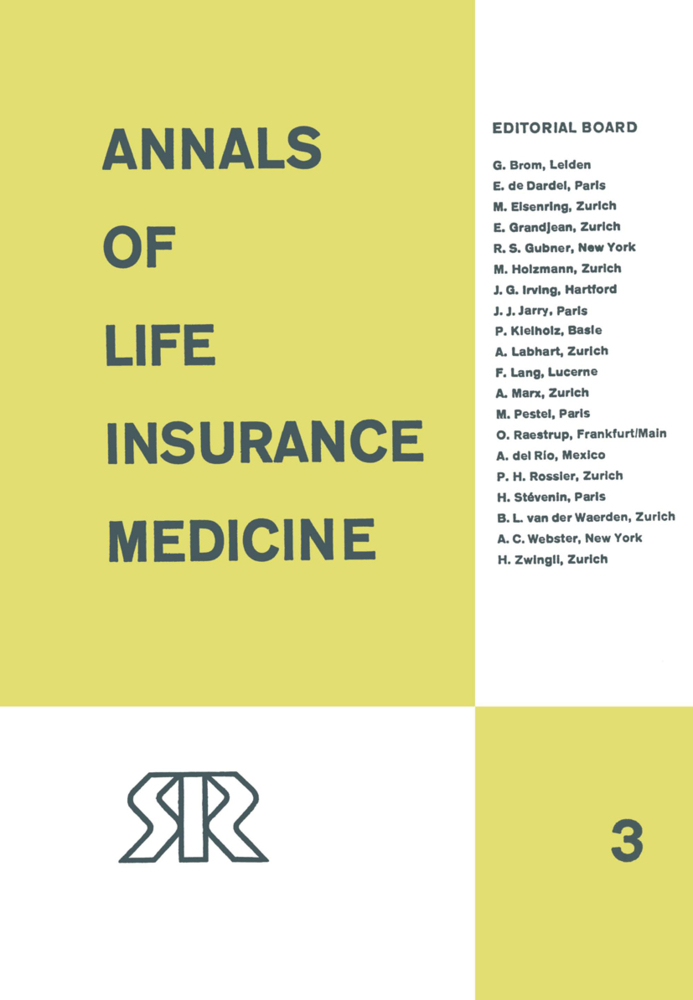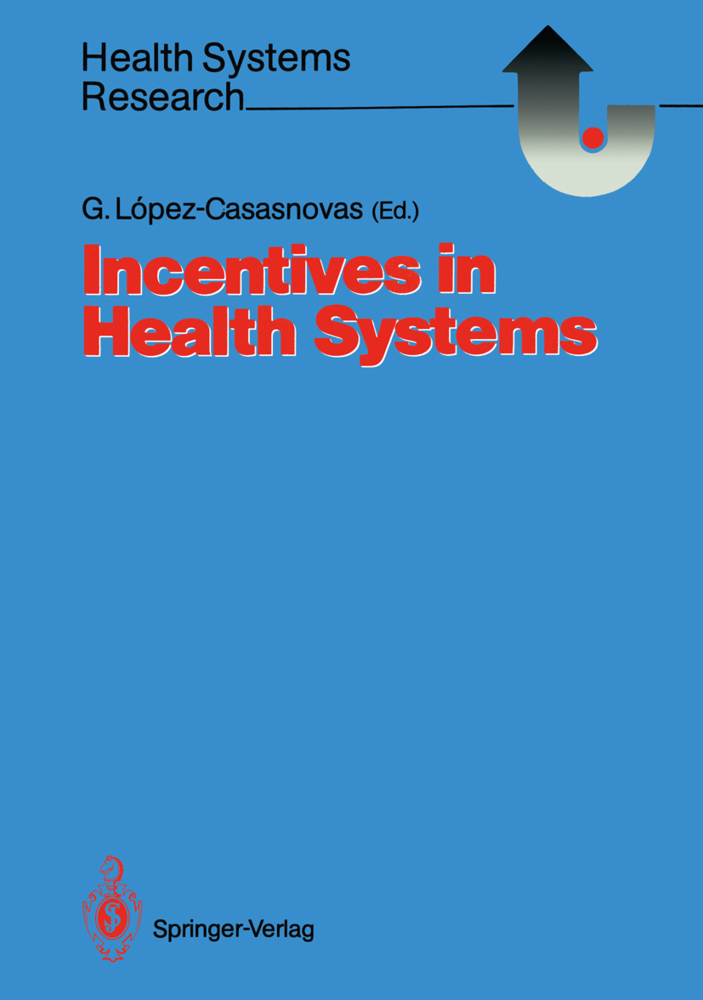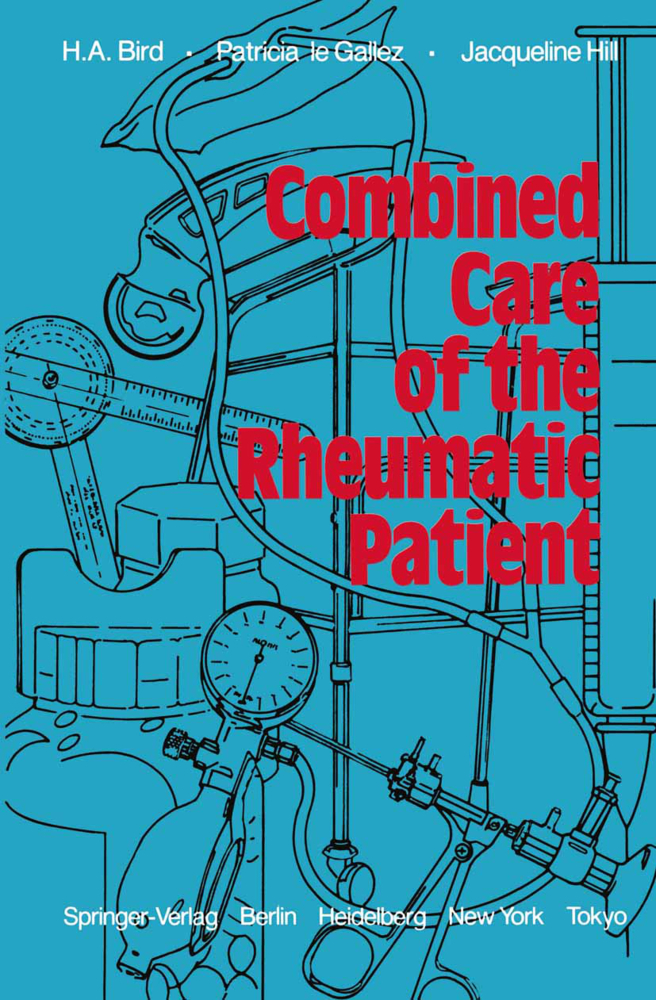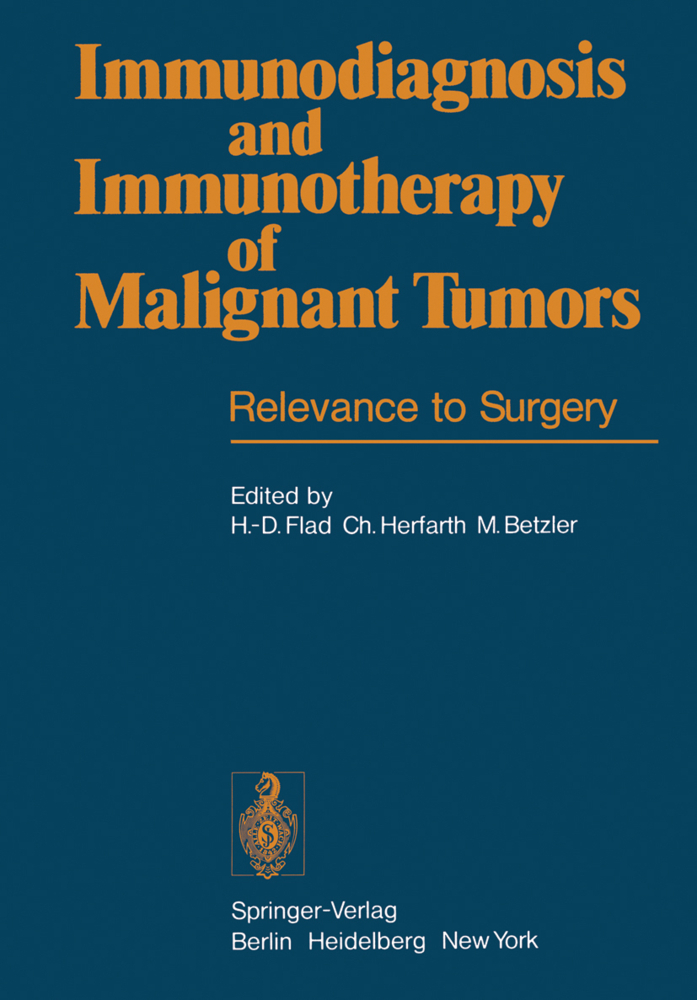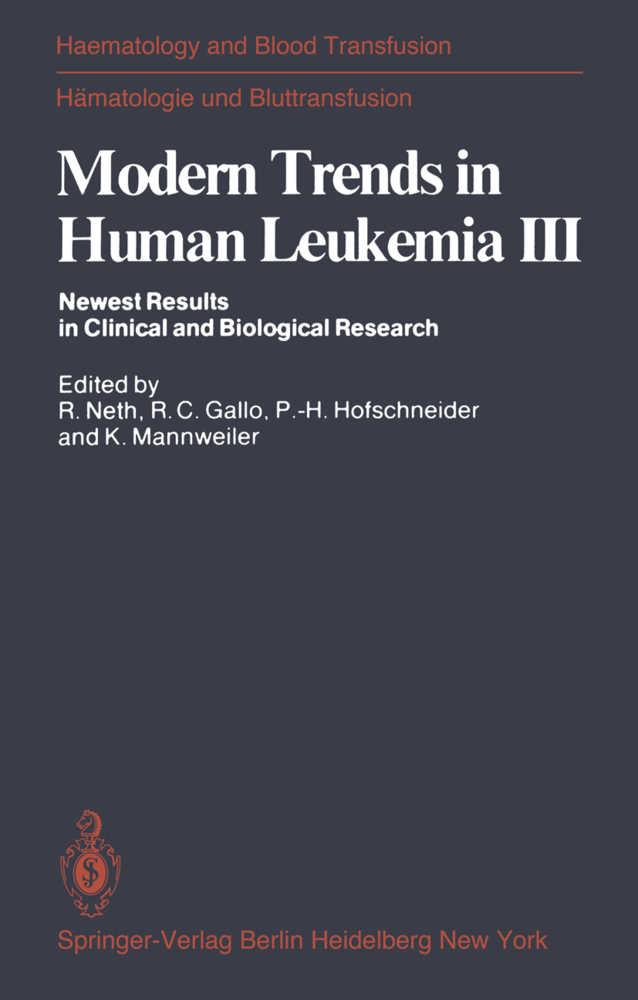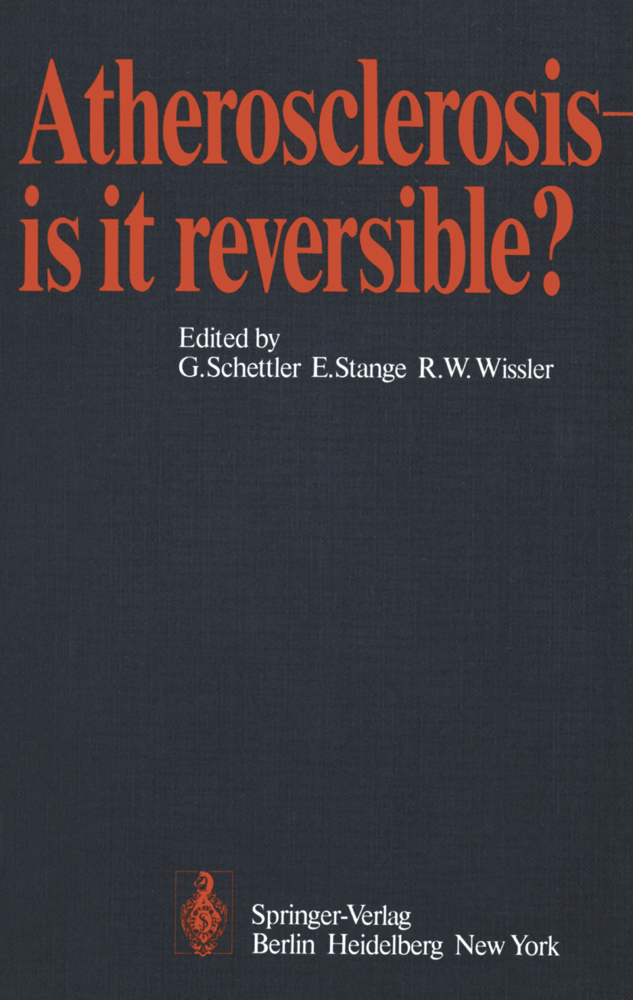EMG Primer
A Guide to Practical Electromyography and Electroneurography
EMG Primer
A Guide to Practical Electromyography and Electroneurography
In the last twenty years electromyography and electro neurography have earned a secure position amongst methods of electrophysiological investigation; indeed, it is no longer possible to think of neurological diagnosis with out them. In particular, it is in the early recognition of peri pheral neuromuscular disorders that these techniques are so dependable and objective. The present text may be thought of as an introduction to method and to diagnostic application, and it should be of value to the physician both in hospital and in his practice. The authors have thought it best to omit discussion of basic scientific problems, which may be found in the neurophysiological literature. Munich, Spring 1974 A. Schrader v Contents 1. 1 Anatomical Foundations . . . . . . . . . . . . . . . . . . . . . . . . . 1 1. 1. 1. The Motor Unit. . . . . . . . . . . . . . . . . . . . . . . 1 1. 1. 2. Structure of the Peripheral Nerve . . . . . . . 1 1. 1. 3. The Neuromuscular Junction . . . . . . . . . . . . . . . 1 1. 2 Electrophysiological Foundations . . . . . . . . . . . . . . . . . . 2 1. 2. 1. Origin of Muscle Action Potentials. . . . . . . . . . . . 2 1. 2. 2. Conduction in the Peripheral Nerve. . . . . . . . . . . . 3 1. 2. 2. 1. Stimulation: Basic Considerations. . . . . . . . . . . . . 3 1. 2. 2. 2. Form, Duration and Amplitude of Action Potentials. . . 4 a) Evoked Muscle Action Potentials . . . . . . . . . . . 4 b) Nerve and Sensory Action Potentials. . . . . . . . . 4 c) Reflex Potentials . . . . . . . . . . . . . . . . . . . . 5 2. 1. Technical Foundations . . . . . . . . . . . . . . . . . . . . . . . . . . 5 2. 1. 1. Structure and Function of the Machine. . . . . . . . . . 6 2. 1. 1. 1. The Structure of an Electromyograph. . . . . . . . . . 6 2. 1. 1. 2. The EMGAmplifier. . . . . . . . . . . . . . . . . . . . 7 2. 1. 1. 3. Supplementary Measuring Methods in Electrom- graphy . . . . . . . . . . . . . . . . . . . . . . . . . . . . .
1.1.2. Structure of the Peripheral Nerve
1.1.3. The Neuromuscular Junction
1.2 Electrophysiological Foundations
1.2.1. Origin of Muscle Action Potentials
1.2.2. Conduction in the Peripheral Nerve
2.1. Technical Foundations
2.1.1. Structure and Function of the Machine
2.2. Electrodes
2.2.1. Main Groups
2.2.2. Areas of Use
2.2.3. Treatment and Care of Electrodes
3.1. General Section
3.1.1. The Normal Electromyogram
3.1.2. The Normal Electroneurogram
3.1.3. The Pathological Electromyogram
3.1.4. The Pathological Electroneurogram
3.1.5. Disorders of the Neuromuscular Junction
3.2. Special Section (Diagnosis)
3.2.1. Peripheral Neurogenic Diseases
3.2.2. Primary Muscle Disease
3.2.3. Secondary Myopathies
3.2.4. Myasthenic Syndromes
3.2.5. Electrolyte Disturbances
3.2.6. Myxoedema
3.2.7. Tetanus
3.2.8. Centrally-Determined Disturbances of Movement
3.2.9. EMG, ENG and the "Floppy Infant" Syndrome
4.0. EMG of the Extraocular Muscles
4.1. Myopathies
a) Oligo-Symptomatic Form of Ocular Myositis
b) Acute Exophthalmic Myositis
c) Ocular Muscle Dystrophy
d) Endocrine Ocular Myopathy
e) Ocular Myotonia
f) Ocular Myasthenia
4.2. Peripheral Neurogenic Paresis
4.3. Centrally-Determined Disturbances of Movement
5.0. Possibilities of Error in the EMG
5.1. Possibilities of Error in the ENG
a) Motor Electroneurogram
b) Sensory Electroneurogram
6.0. Short Introduction to an EMG Examination
7.0. Index of Important Terms in Clinical EMG
8.0. Index of Important Technical Terms and Abbreviations
9.0. Selected Bibliography
10.0. Subject Index.
1.1 Anatomical Foundations
1.1.1. The Motor Unit1.1.2. Structure of the Peripheral Nerve
1.1.3. The Neuromuscular Junction
1.2 Electrophysiological Foundations
1.2.1. Origin of Muscle Action Potentials
1.2.2. Conduction in the Peripheral Nerve
2.1. Technical Foundations
2.1.1. Structure and Function of the Machine
2.2. Electrodes
2.2.1. Main Groups
2.2.2. Areas of Use
2.2.3. Treatment and Care of Electrodes
3.1. General Section
3.1.1. The Normal Electromyogram
3.1.2. The Normal Electroneurogram
3.1.3. The Pathological Electromyogram
3.1.4. The Pathological Electroneurogram
3.1.5. Disorders of the Neuromuscular Junction
3.2. Special Section (Diagnosis)
3.2.1. Peripheral Neurogenic Diseases
3.2.2. Primary Muscle Disease
3.2.3. Secondary Myopathies
3.2.4. Myasthenic Syndromes
3.2.5. Electrolyte Disturbances
3.2.6. Myxoedema
3.2.7. Tetanus
3.2.8. Centrally-Determined Disturbances of Movement
3.2.9. EMG, ENG and the "Floppy Infant" Syndrome
4.0. EMG of the Extraocular Muscles
4.1. Myopathies
a) Oligo-Symptomatic Form of Ocular Myositis
b) Acute Exophthalmic Myositis
c) Ocular Muscle Dystrophy
d) Endocrine Ocular Myopathy
e) Ocular Myotonia
f) Ocular Myasthenia
4.2. Peripheral Neurogenic Paresis
4.3. Centrally-Determined Disturbances of Movement
5.0. Possibilities of Error in the EMG
5.1. Possibilities of Error in the ENG
a) Motor Electroneurogram
b) Sensory Electroneurogram
6.0. Short Introduction to an EMG Examination
7.0. Index of Important Terms in Clinical EMG
8.0. Index of Important Technical Terms and Abbreviations
9.0. Selected Bibliography
10.0. Subject Index.
Lahoda, Frieder
Ross, Arno
Issel, Walter
Schrader, A.
Payan, J.
| ISBN | 978-3-540-06992-8 |
|---|---|
| Artikelnummer | 9783540069928 |
| Medientyp | Buch |
| Copyrightjahr | 1974 |
| Verlag | Springer, Berlin |
| Umfang | X, 62 Seiten |
| Abbildungen | X, 62 p. 15 illus. |
| Sprache | Englisch |

